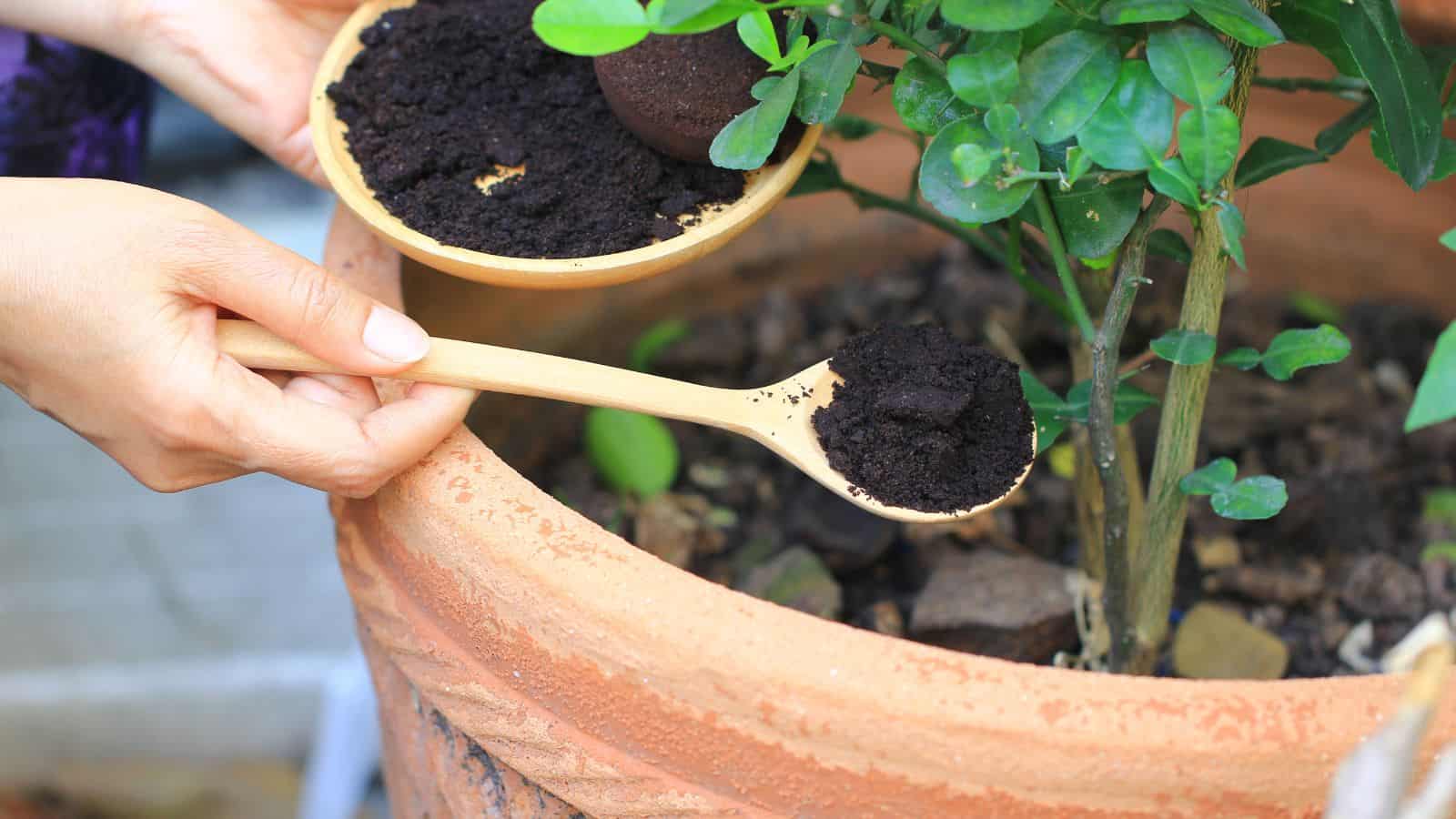Seeing a beloved plant struggle can be disheartening, but with a little care and attention, you can often bring it back to health. Here’s a step-by-step guide to help you revive a dying plant.

Assess the Situation
First, you need to determine what’s wrong with your plant. Common issues include overwatering, underwatering, pests, diseases, and inadequate light. Look for signs such as yellowing leaves, wilting, spots, or unusual growth patterns.
Check for Overwatering or Underwatering
Watering issues are the most common cause of plant distress.
Overwatering
- Symptoms: Yellowing leaves, root rot, soggy soil.
- Solution: Check the soil’s moisture level. If it’s too wet, stop watering immediately. Remove the plant from its pot, gently shake off excess soil, and trim any rotting roots. Repot the plant in fresh, well-draining soil and reduce watering frequency.
Underwatering
- Symptoms: Dry, brittle leaves, wilting, soil pulling away from the pot edges.
- Solution: Give the plant a good drink. Soak the pot in a basin of water for about 30 minutes to allow the soil to rehydrate. Ensure that future watering is consistent but not excessive.
Inspect for Pests
Pests like aphids, spider mites, and mealybugs can wreak havoc on your plant’s health.
Symptoms
- Small insects on leaves or stems
- Sticky residue
- Webbing or tiny holes in leaves
Solution
- Manual Removal: Remove visible pests with a cotton swab dipped in rubbing alcohol.
- Natural Remedies: Spray the plant with a mixture of water and a few drops of dish soap or neem oil. Repeat as necessary until pests are gone.
Evaluate Light Conditions
Ensure your plant is getting the right amount of light.
Too Much Light
- Symptoms: Scorched or bleached leaves, dry soil.
- Solution: Move the plant to a location with indirect light.
Too Little Light
- Symptoms: Leggy growth, pale leaves.
- Solution: Move the plant closer to a light source or provide artificial grow lights.
Prune and Trim
Remove any dead or damaged leaves and stems. This not only improves the plant’s appearance but also allows it to direct energy to healthy growth.
How to Prune
- Use clean, sharp scissors or pruning shears.
- Cut back to a healthy part of the plant, making clean cuts to avoid further damage.
Repot if Necessary
If the plant has outgrown its pot or the soil is exhausted, repotting can give it a new lease on life.
Steps
- Choose a pot that is one size larger than the current one.
- Use fresh, well-draining potting soil.
- Carefully remove the plant from its old pot, gently loosening the roots.
- Place the plant in the new pot, fill with soil, and water thoroughly.
Provide Proper Nutrition
Sometimes a dying plant just needs a nutrient boost.
How to Fertilize
- Use a balanced, water-soluble fertilizer.
- Follow the instructions on the fertilizer package.
- Be cautious not to over-fertilize, as this can damage the plant.
Monitor and Adjust
After taking these steps, keep a close eye on your plant. Adjust care as needed, paying attention to its response to the changes you’ve made. With patience and proper care, your plant has a good chance of bouncing back.
By understanding and addressing the specific needs of your struggling plant, you can often revive it and enjoy its beauty and benefits once again. Happy gardening!
